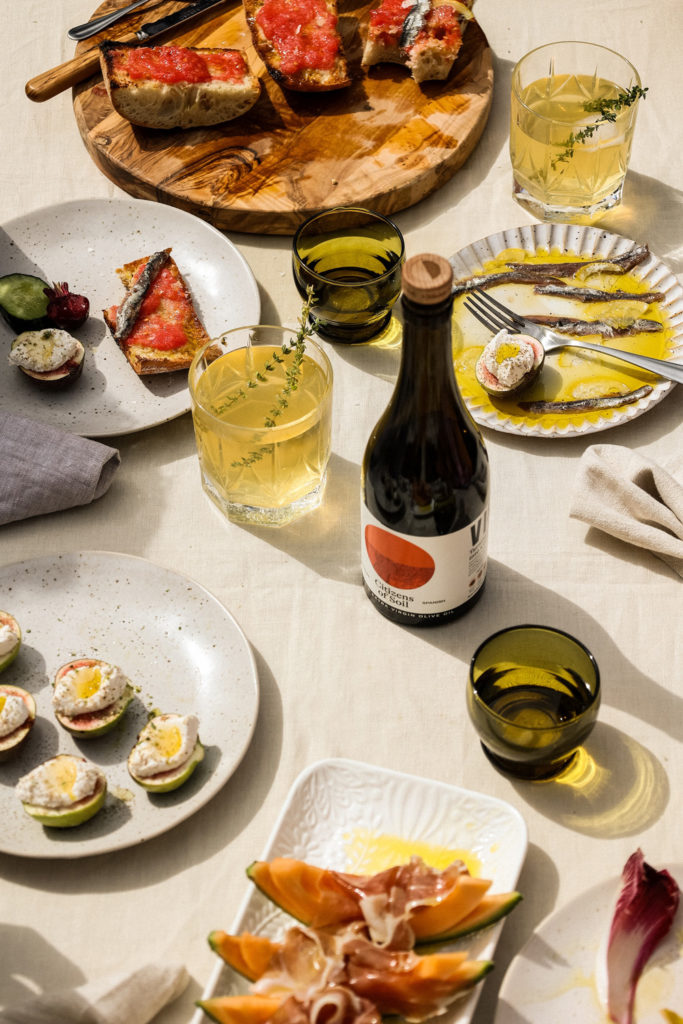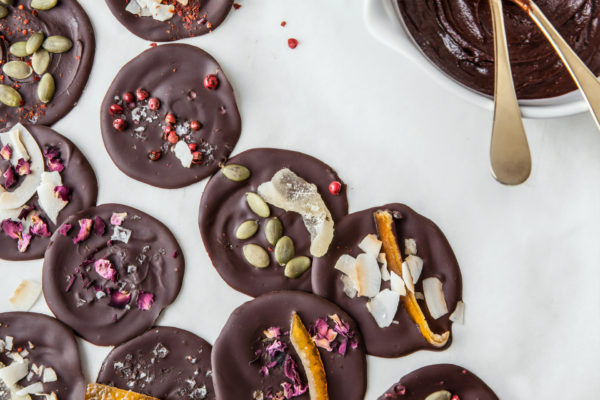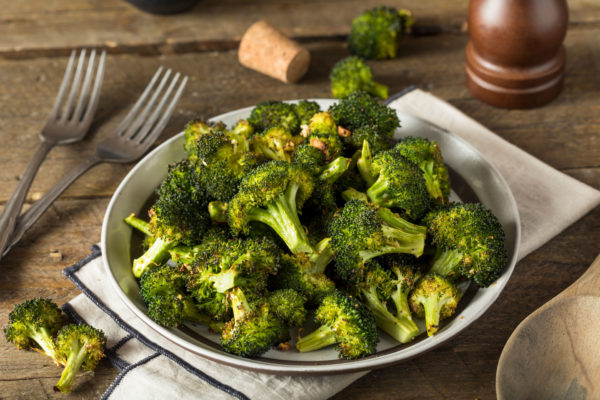Ingredient of the Week: Coffee
By
2 years ago
A deep dive into coffee, plus a hazelnut cups recipe to try this week
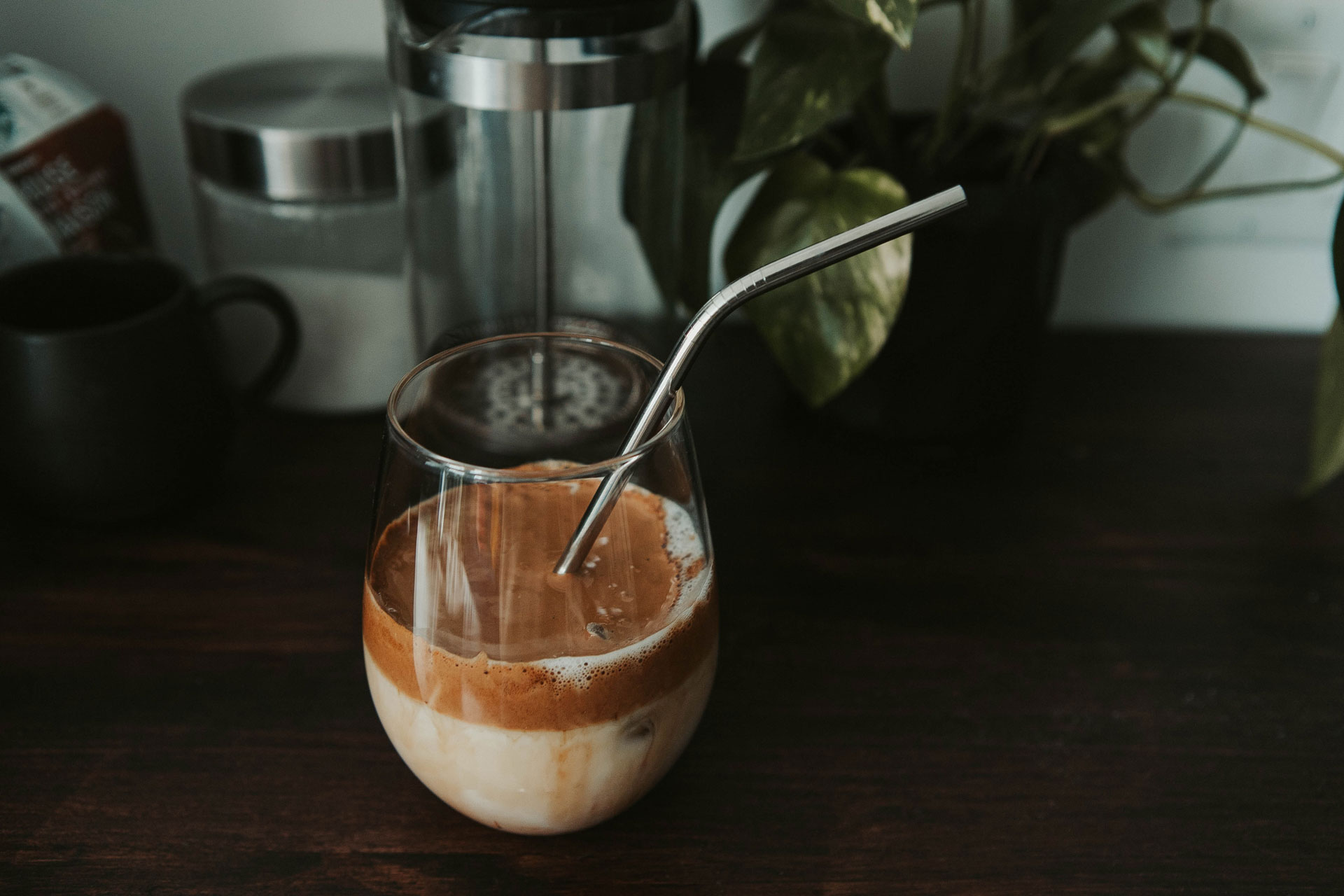
Each week plant-based cook Bettina Campolucci Bordi, founder of Bettina’s Kitchen, gives us the lowdown on a particular fruit, vegetable or ingredient, offering cooking tips and a recipe. This week it’s coffee.
Ingredient of the Week: Coffee
Every so often, a simple ingredient can serve as a nexus, connecting people, cultures and stories in an intricate web of shared experiences. Few do it quite as effortlessly as coffee. A humble bean that has traveled continents and centuries, coffee is a passport to a world of flavours and rich histories.
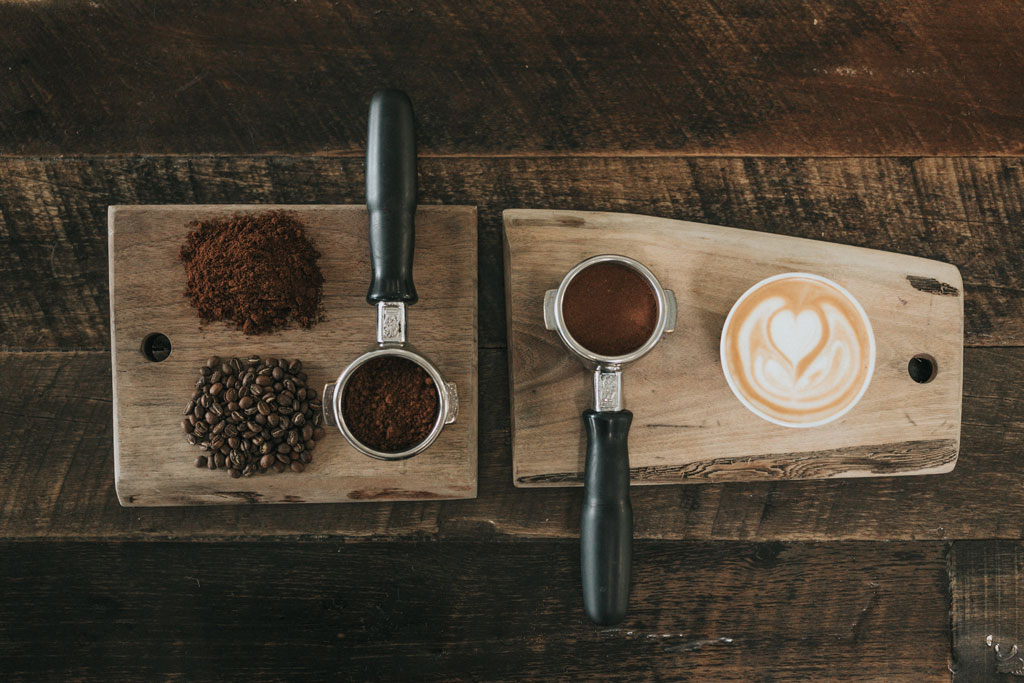
History
Our aromatic journey begins in the 9th-century highlands of Ethiopia, where the magic of coffee was reportedly discovered by a goatherd named Kaldi. His goats munched on red cherries from a certain tree, becoming so spirited that they refused to sleep. Fast forward to today, and coffee fuels millions of us, helping us start our days or work through our nights.
Grown along the equator in a band fondly known as the ‘coffee belt’, each coffee-producing region adds a dash of its unique terroir into the beans. The volcanic soils of Colombia, the mountainous landscapes of Kenya, or the tropical vibes of Vietnam all paint a flavourful portrait of their homeland.
In its diversity, coffee sings various tunes. There’s robusta with its powerful, slightly bitter notes, often making its way into instant coffee and espresso blends. Then, there’s arabica, the delicate diva of the coffee world, exuding nuanced, sweeter notes and lending itself beautifully to more artisanal brews.
Sourcing
When it comes to sourcing your coffee, remember that good coffee is like good wine: its flavour profile can guide you to its origin. The more information you can find about your beans, the better. Look for fair-trade, single-origin beans, and try to get them freshly roasted from local roasters. This will not only ensure that you get a superior brew but also promote sustainable and ethical practices.
Uses
In the kitchen, coffee extends an invitation to experiment. Of course, it promises a comforting hug in a mug every morning, but its culinary applications are myriad. It can lend depth to your savoury dishes like a coffee-infused chilli, or it can sweeten your desserts like in a classic tiramisu or a rich coffee and walnut cake.
Beyond the kitchen, coffee has found its place in the realm of wellness and beauty. With a healthy dose of antioxidants and its well-known stimulating properties, it’s a popular choice for homemade exfoliants and a lifesaver during late-night work sessions.
Here’s a quick, fun, easy and delicious plant-based dessert recipe that you can make in individual cups, or in a large glass dish. This hazelnut spread is so moreish and a much healthier version than some others you may know you might find yourself eating it straight out of the jar.

(c) Priscilla Du Preez, Unsplash
Recipe: Hazelnut Cups
Makes 4 individual servings (or a tray)
Ingredients:
- 1 packet Jamut Vegan Organic Digestive Biscuits
- 1 jar (200g) Organic Hazelnut Spread
- 250ml whippable plant cream
- 2 tbsp maple syrup or brown sugar
- ½ tsp vanilla powder or paste
- 2 espresso coffees for dipping
- 1-2 shots of rum or Baileys to add to coffee (optional)
Method:
- Pour the cream into a large bowl, add the sweetener and vanilla and whisk until thick.
- Add ¾ jar of Organic Hazelnut Spread and fold gently into the cream until combined. Then transfer into a piping bag.
- Take a digestive biscuit and dip briefly into the coffee to coat all sides of the biscuit. Add to the base of an individual glass, pipe approx 2 tbsp cream on top, add another coffee dipped biscuit and more piped cream. Top with a teaspoon of hazelnut spread.
- Repeat with the other 3 glasses until you have 4 individual desserts (you can also make this in a glass dish if you would prefer to make it as a larger dessert).
- Using the back of a small spoon, squash down the top of each glass to make a flat surface, then shake some cacao powder over the top.
- Serve up straight away or keep in the fridge until you’re ready to eat them!

